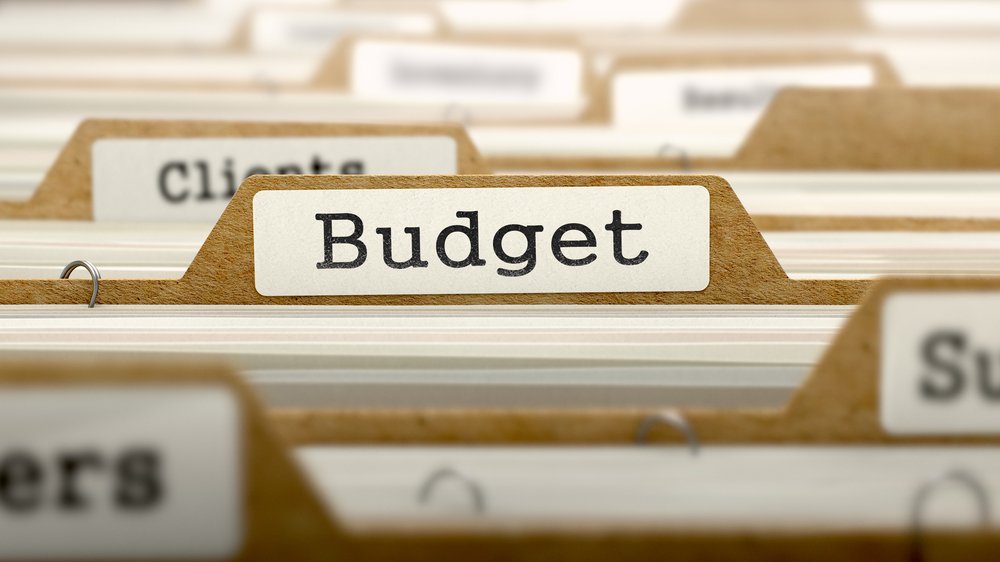
What is a budget reforecast?
Many businesses create a budget at the start of the fiscal year, using prior year actuals and assumptions. Once a budget is finalized, it is typically static. Tracking actuals against the budget is how companies track the accuracy of the budget, as well as progress toward meeting their goals.
As the annual budget is typically static, unforeseen changes may significantly impact the assumptions that the company made at the time the budget was finalized. When reviewing budget to actual results, material variances may result. Examples may include impacts to new business or client attrition, staffing changes, a change in primary vendor’s pricing, or other factors impacting the overall economy.
A budget reforecast adjusts the original budget to account for circumstances that did not exist at the time the budget was created. Actuals are then reviewed against this reforecast. The static budget remains, as that was the original plan of the company, however, the reforecast allows a company to adjust the original projections with the latest information available.
When should a company consider a budget reforecast?
If actuals are coming in consistent with the original budget, there may be no need to reforecast. However, if significant variances are identified during the budget to actual review that will continue throughout the year, it may be beneficial to review the original projections and assumptions and considering reforecasting.
For example, if a new client signed early in the year resulting in additional recurring revenue and expenses, it may be beneficial to reforecast. Or, if a major client terminates early in the year, reforecasting may also help confirm if any changes are needed to ensure the company remains profitable. Changes to key employees may also create variances where a reforecast may be necessary. This reforecast becomes the new roadmap for tracking budget to actuals and is real-time based on known changes. This allows a business to pivot and make necessary changes to meet their goals.
Another example comes when there are large changes to expenses. Taking your office completely virtual could greatly impact your plan for the year. Eliminating expenses like rent, utilities, taxes, office supplies, and other in office expenses can greatly affect your plan for the year. In addition, added expenses you may not have had before – employee laptops, video conferencing software, technology reimbursements, etc. can greatly change where your budgeted money is spent.
How does a company effectively use a budget reforecast?
After creating a reforecast, it is recommended to review on a monthly or more frequent basis and continue to adjust assumptions real-time. Using the forecast as a live document while leaving the original budget unchanged is an effective method to predict where the company will end the year, however maintaining the original budget keeps record of the company’s original plan. Budgeting and forecasting can take time; however it is a valuable use of resources to ensure the company is prepared for the future and on-track to meeting and exceeding its goals.
At All In One Accounting, we take businesses from financial chaos to business clarity and beyond. Our elite team of Accountants, Controllers, and CFOs are ready to help you in these uncertain times. Contact us for a FREE consultation with one of our accounting professionals.
LEARN MORE ABOUT TAKING YOUR BUSINESS VIRTUAL HERE